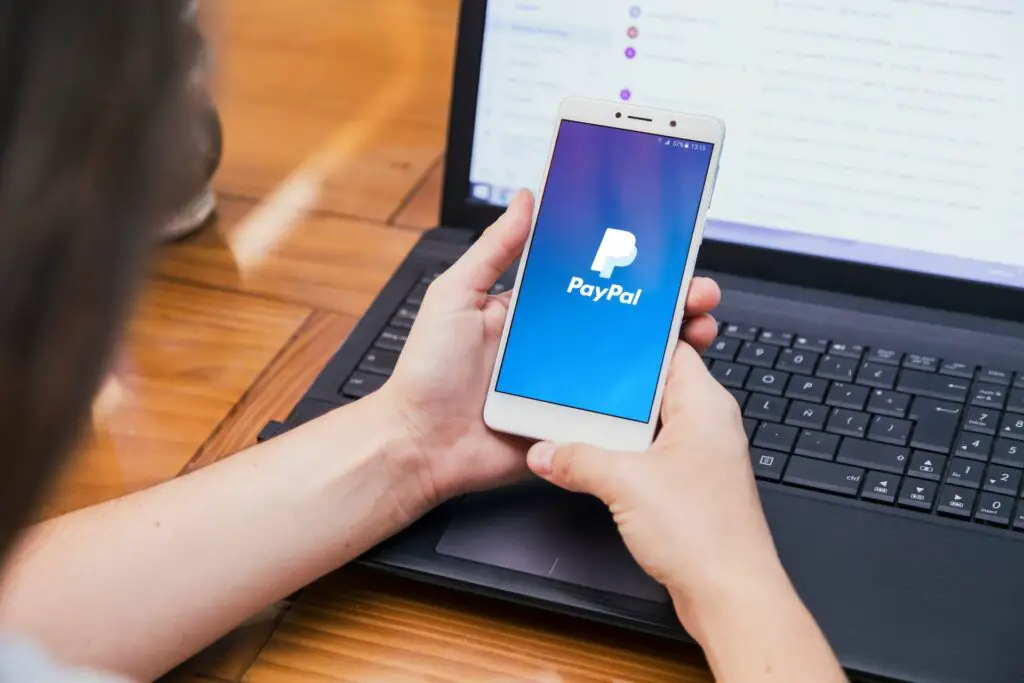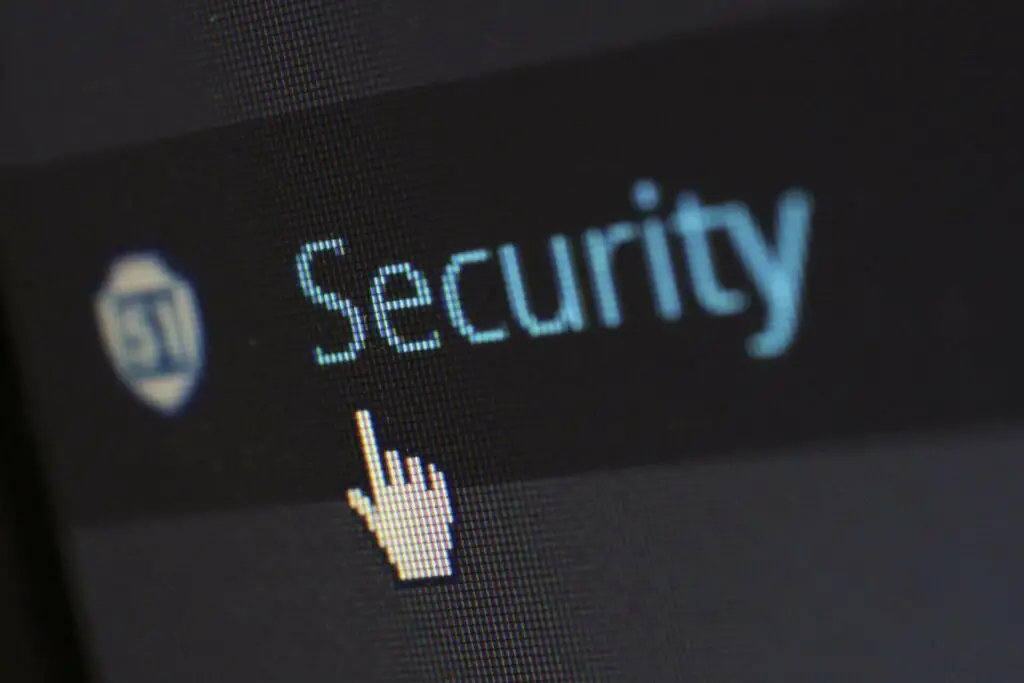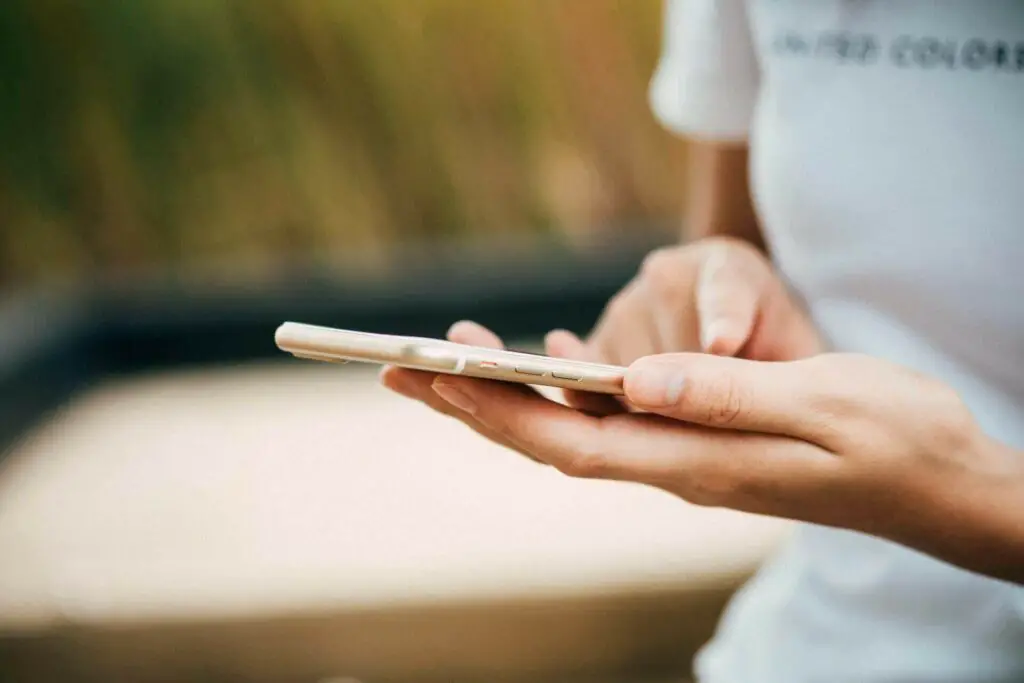You might be worried that purchasing with your PayPal account can go bad, and a merchant will wrong you or send you a faulty product. However, PayPal offers a way to protect its users. So, how much is PayPal protection?
How much is PayPal protection? PayPal Purchase Protection is cost-free – you don’t have to pay a dime for it. The platform also provides a Seller Protection plan, but there isn’t much of a connection between the two. This type of security is important in cases where a merchant has wronged you and you need your money back.

If you are willing to file a dispute, it should imply that you believe the vendor has defrauded you in some way. In this case, you’re requesting PayPal to intervene and aid in resolving the situation.
Table of Contents
How Much Is PayPal Protection?
Online shopping is increasing exponentially every year. We’ve seen a surge in internet purchases during the pandemic, but due to its convenience, its popularity hasn’t dropped. According to Statista, in 2021, US eCommerce sales went above $469 billion. Most of these transactions are completely safe. But what happens when you are scammed when you buy something using your PayPal account?
Users have rights through PayPal Purchase Protection, also known as PayPal Buyer Protection if a purchase isn’t delivered or is drastically different from what was promised. If you experience merchant abuse, it enables you to reclaim your money. Or, to put it another way, PayPal may be able to repay you if the merchant declines.
Does This Security Measure Live Up to Its Name?
PayPal claims one thing, and it’s that their users can shop with confidence. So how does this work? This program is designed to protect users from fraud, so if you are a victim of a scam and you have been wronged, you might be covered in full. This is only when and if the transaction in question qualifies for Purchase Protection. In that case, you will even be covered for the fees, like the shipping costs.

How Does It Work?
If you have completed a transaction through your PayPal account, whether it’s with a debit card, or maybe PayPal’s Credit, and you feel you’ve been wronged, you can file a claim. This is where PayPal can step in and resolve the issue at hand.
Let’s imagine, for illustration purposes, that a product you bought either never comes or differs materially from what was advertised. When you reach out to the vendor, they decline to assist. You can get your money back from the business if you paid for the item using PayPal.
The funds will be removed from the seller’s account and returned to you only if you prevail in the dispute. For online businesses, this sounds a lot like a chargeback on a credit card, and the two procedures are connected in a way. A PayPal complaint is typically resolved more quickly, although it has a smaller scope, and customers need to be made aware of this from the beginning.
The Process Itself
You need to have an active PayPal account that is in good standing in order to contest a transaction. Additionally, that account must have been used to pay for the disputed purchase. Both of those guidelines are reasonable. So what sort of transaction is acceptable? There are just two circumstances in which you might qualify:
- Not Received Item: The goods were never delivered to you by the vendor.
- Significantly Not as Described: The item you received wasn’t exactly what you bought.
In order to qualify for Purchase Protection, you should file your claim through the Resolution Center within 180 calendar days after the purchase.

“Not Delivered” or “Not as Described”
The first case is clearer. It means that if you file a claim such as this, the following happens. PayPal will normally contact the vendor for delivery verification if the product you ordered was never delivered. You’re generally out of luck if the vendor can provide strong evidence, such as a delivery receipt with a signature.
Cases of “Not as Described” merchandise can be more difficult. Either you claim the item you received was faulty, damaged, or fake, or you claim you didn’t receive everything you bought. This might also be true for some intangible things, like a digital file you have difficulty downloading.
Not Everything Is Covered by This Program
A transaction might not be covered by PayPal Purchase Protection even if it satisfies all the other qualifying requirements. There are several product categories and types of transactions that are not included, and they include the following:
- Real estate, gift cards, different types of financial goods, custom-made objects, industrial machinery, and motor vehicles.
- “Not Delivered” claim does not apply to in-store purchases or goods you collect in person.
- If you’re filing a claim for PayPal’s friends and family option that you’ve used to send money, keep in mind that it’s also not eligible.
- Transactions over $20,000, disputes not filed in less than 180 days of purchase, and situations in which a resolution was obtained somewhere else (such as via your credit card) are not covered.
- If you are required to return the goods due to your claim, PayPal won’t cover the shipping fee.
There Are Different Types of Objections
In the table below, you can see a summary of different types of claims and how the process goes.
| Type of case | The initiator | Who determines the outcome? | Who owns the process? | Is a fee included? | The type of issue |
| Dispute | Buyer | Seller and buyer | PayPal | No | Not Delivered, Not as Described |
| Claim | Seller or buyer | PayPal | PayPal | No | Not Delivered, Not as Described, Transaction not authorized |
| Chargeback | Buyer | Debit/Credit card issuer | Card associations | Yes, up to $20 | Not Delivered, Not as Described, Transaction not authorized |
| Bank reversal | Bank or buyer | Bank | Bank | No | Transaction not authorized |
Paypal’s Protection Might Be Better Than Chargeback
So, what should you do in case you feel that you are a victim of fraud? You could be better off using PayPal’s Buyer Protection before contacting your bank for help. Keep in mind that it should also depend on the items you purchased and the requirements for chargebacks set forth by your bank. And in the end – after you’ve filed a claim with PayPal, you can always reach out to your bank later.